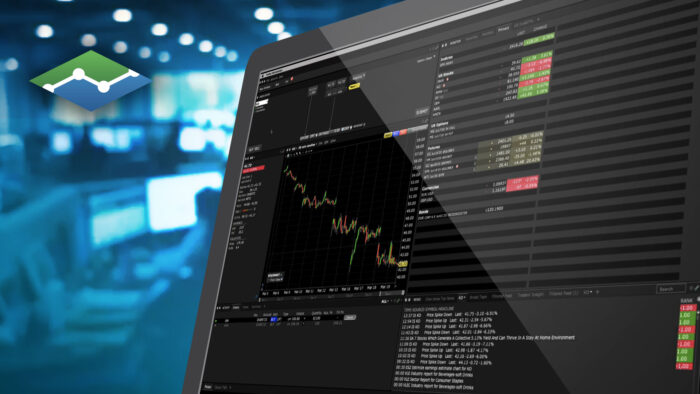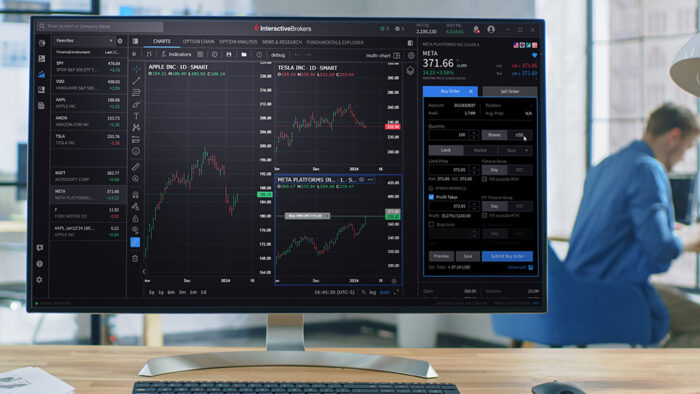Study Notes:
Assume an investor paid $5,000 for 100 shares of company ABC Corp. six months ago, when its share price was $50. Today, its share price is $73. The fortunate investor is sitting on an unrealized paper profit of $2,300 and wonders what to do next. Since the shares have gone up relatively fast, the investor still believes in the company’s fortunes, does not want to trigger a taxable event, and really wants to hold on to the shares. But again, since the share price rose quickly, the investor doesn’t want to see the stock fall back to where it was bought and lose all of the unrealized gains.
How might the investor hedge the event or mitigate some of the risks of remaining a shareholder?
The investor could create a covered call position. A covered call involves selling or writing a call option while simultaneously owning shares of the underlying asset. Typically, an investor might buy a call option to lock into a specific purchase price during the life of the contract, since the owner has the right but not the obligation to buy shares in the underlying asset at a fixed price until the expiration of the contract. However, a seller of a call option faces the obligation to deliver (or sell) those shares to a call option owner until the expiration of the contract.
In the case of a covered call, the owner of the shares writes (or sells) a call option at an agreed upon strike price knowing that he or she can fulfill the obligation of delivering shares if required to do so, since he or she already owns them. When selling the call option, the seller receives a premium from the buyer guaranteeing the contract. The value of the premium is determined by a variety of factors, such as how close the strike price is to the underlying share price and how many days the contract has until expiration. The investor selling the covered call option retains the premium regardless of the outcome.
A covered call isn’t a perfect hedge. However, what it creates income simply from owning the shares while providing certainty as to the sale price if the calls are exercised. This strategy might be used when the investor has some unrealized profit on the position and has identified a specific exit price. The investor chooses which strike price and which expiration date to write a call option at. As a rule of thumb, investors often select out-of-the-money calls with strike prices approximately 10% or more above the prevailing share price with about 30-days left to expiry.
In our earlier example, the investor owns 100 shares of company ABC Corp., whose shares are trading at $73 each. Important to note, a single standard call option covers 100 shares in the underlying asset. The 30-day call option approximately 10% above the current share price with an $80 strike can be sold at $1.60. Should the investor sell a call option the premium received would be $160 since each option covers 100 shares (100*$1.60=$160).
There are two potential outcomes at expiration Either the share price is above $80 and the option is in-the-money, or the share price is at or below $80 and the option is not in-the-money.
Option settles in-the-money above the $80 strike price. In this case, the investor is assigned and the broker will take 100 shares from the client’s account and deliver them to the call option buyer via the clearing house. The investor gets to keep the $160 premium from writing the call option plus the gain on the stock from the original purchase price of $50 to the strike price.
Total profit = Gain from long stock position $80 – $50 = $30*100 = $3000
+ gain from short call option position of $160 = $3160.
The investor has boosted gains from the stock, but in this event no longer owns the shares and potentially misses out on gains in the future.
Option settles out-the-money or at the money, below or equal to the $80 strike price. In this case the call option will expire worthless. The investor continues to own the shares and remains exposed to swings in daily profit and loss from movement in the share price. They also retain the $160 premium received from selling the call option for essentially standing ready to deliver shares should they be trading above the strike price at expiration. However, at expiration the shares were trading around the same price as when the investor wrote the call option and his/her profit is no different than at the time. They could now consider writing another call option expiring in 30-days.
The investor could buy a protective put option. A long put option position provides the right to sell 100 shares in an underlying asset at the strike price until the contract expires. The put option buyer pays a premium to the seller who then has the obligation to buy shares at a fixed price until the contract expires.
In our example, the investor has an unrealized gain on a stock now trading at $73 and is concerned that profits might erode or that the broader market might not perform as well as it has recently. To hedge his or her risk, the investor might buy a put option with 30-days to expiration at the fixed price (strike price) of $67 at a premium cost of $2.00 or $200, since each standard put option covers 100 shares. This example specifies the price at which the investor could exit the underlying investment and therefore clearly defines and manages the risk.
Again, at expiration there are a few potential outcomes. First, the share price remains above or at the strike price, in which case the put option expires worthless. The investor remains exposed to changes in the share price of ABC Corp. Second, the share price settles below the strike price at expiration. In this event, the investor could instruct their broker to exercise the put option and sell 100 shares in the company at the agreed upon strike price of $67 per share, regardless of where the share price is today. It could be $60, $50, or anywhere below the strike price. The purpose of the protective put option is for the investor to mitigate the risk of financial loss at a specific price for the underlying, regardless of what happens to shares in ABC Corp.
We should also note the so-called breakeven price for the put option is the strike price minus the premium paid, which is $67 less $2.00 = $65.00. While the investor has the right to sell at a fixed $67 each, he/she must recognize such insurance permitting this action came at a cost of $2.00. The cost of exiting a trade using a put option is a consideration for the investor. At expiration, at any share price above $65.00 the investor might consider the cost of insurance as marginal and perhaps not worth it. But at any price below that so-called breakeven point, the investor should clearly see the benefit of the premium paid.
While writing call options against a long stock position can help offset losses by generating a flow of income over time, it does not protect the investor from losses. Buying protective put options against a long stock position can be costly on a continual basis, but it provides a guaranteed sale price if the market value should fall below the strike price. In addition, buying a put provides investors with the choice of selling their shares at the strike price, while writing call options comes with an obligation to sell the shares at the strike price if assigned. This is an important distinction for investors that want to mitigate their risk while remaining invested in the underlying asset so that they may participate in the potential future appreciation of the shares.
Combining a long stock position with a short call AND a long put option position might be suitable for some investors. This triple combination is known as an options collar, and one of the main benefits of creating a collar is that the cost of the insurance (buying a protective put option) is partially or wholly offset by the sale of a call option. In our covered call example, the investor sold a call to receive $160. And in our protective put example, the investor paid a $200 premium. If the investor chooses identical expiration dates, yet different strike prices for the call and the put options, the cost of the put is largely offset by the income from the call, resulting in a net cost of $40 to construct the protective put.










